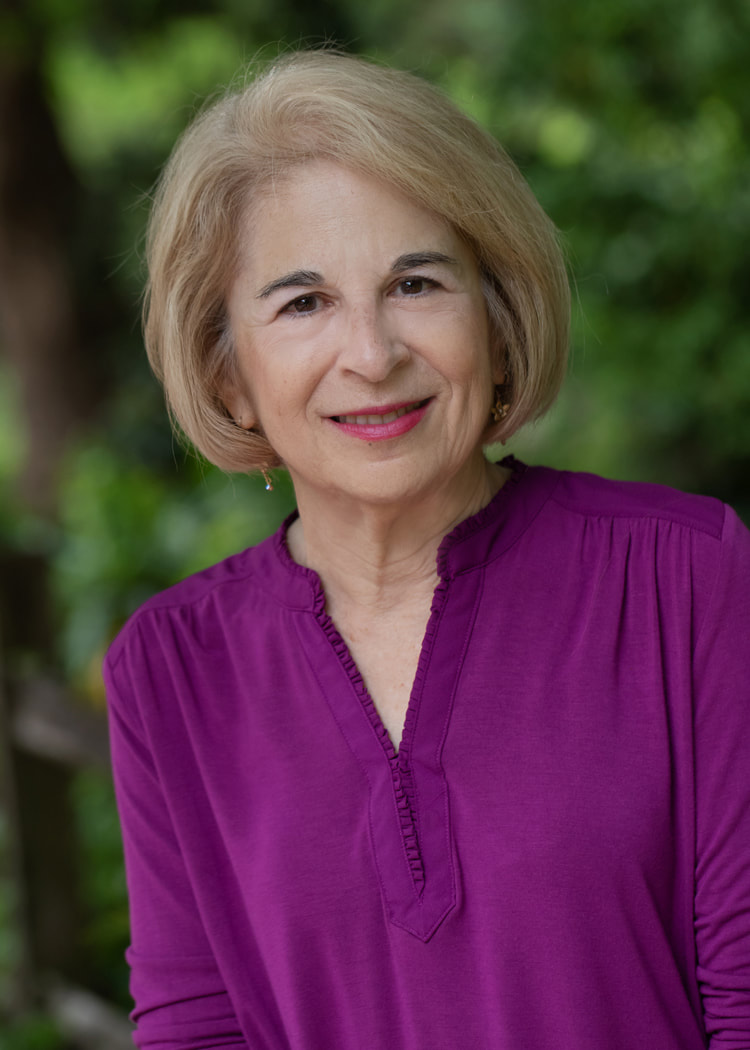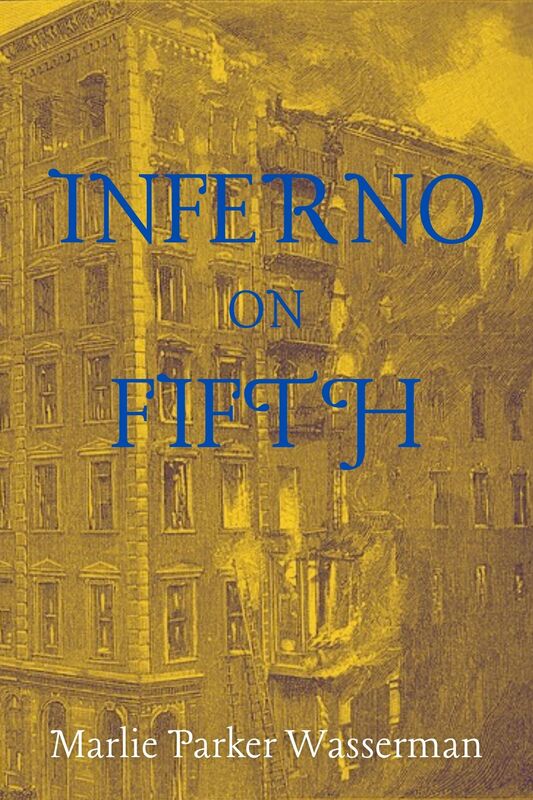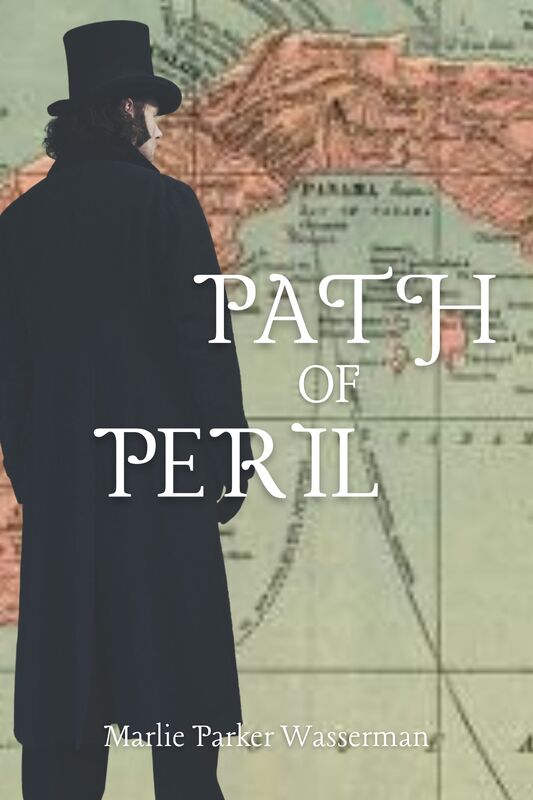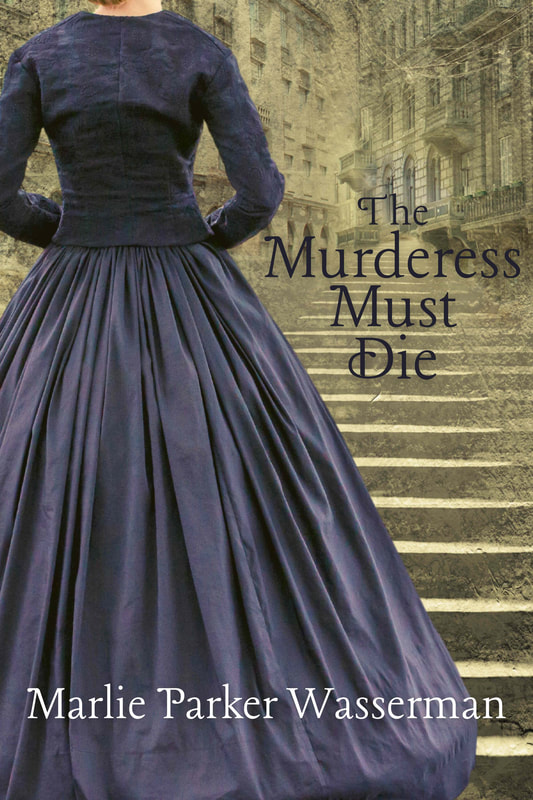|
By Marlie Parker Wasserman How do authors select the names of their characters? Some look to lists of popular names. Some hold contests among their fans. Some try to emulate Charles Dickens by selecting names that describe their characters. Readers may assume that writers of historical fiction have an easier time because they pluck their characters’ names from the historical record. Not always.
For my first historical novel, The Murderess Must Die, I established a guiding principle that I continue to use—or I should write aim to use—as I write historical fiction. When a fact is known, I stick to it. When a fact is unknown, I invent. To figure out the known, I research for months, then I start writing. For that first novel, only well into my writing did I realize I had naming problems. Many of my characters, the real people who are part of the story, had the same names, or confusing names. If I could barely keep the characters straight, how could readers? In finishing my third novel, I’ve come to sort my naming problems into two categories: characters in the historical record who have the same name, usually common names for the Gilded Age and the Progressive Age, and characters with names too common to research. Let me start with the second category, which always produces chuckles. For my newest novel, Inferno on Fifth, I needed to research New York City’s Buildings Commissioner in 1899, a real person named Thomas Brady. Googling him turns up thousands of useless leads to a football player. I’ve also had to research Alfred Pope, an industrialist from Cleveland. I cannot google his full name successfully because newspapers reporters often didn’t know it. During the week that Mr. Pope figures in my novel, American newspapers reported on the serious illness of Pope Leo XIII. You can imagine the results from googling Pope. The more common problem I face is common names. They drive me crazy. Were all men who lived around the year 1900 named William or Frank? Two policemen who witnessed the crime scene at the center of my first novel had the name William Maher. I had to give one a nickname. In my second novel, Path of Peril, set in Panama in 1906, I encountered two historical figures with similar names—Elliott Roosevelt, brother of Teddy, and R.B. Elliott, a little-known labor leader. I chose to minimize the role of the labor leader. I encountered two James—valet James Amos and secret service agent James Sloan. I opted to call the valet by his last name. In writing my third novel, Inferno on Fifth, women’s names become the issue. Two women named Ida figure in my story—Ida McClusky, sister of a detective, and Ida McKinley, wife of a president. I chose to refer to the former as, simply, the sister. I also manipulate three Helens. I allow only Helen Gould, the daughter of Jay Gould, to keep her name. And I grapple with two Alices, a mother and daughter. I’m still pondering how to keep them straight for the reader. Even less common names cause problems. For The Murderess Must Die, I researched details about the brother of my primary character, a young man with the seemingly distinctive name of Garrett Terhune Garretson, who fought in the Civil War. I found two men with the exact same name, living at about the same time. I spent weeks going down rabbit holes with the wrong man. With that book I also encountered a problem with nicknames. I thought Penelope, my primary character’s mother, was nicknamed Ellen, then it appeared that whether that was right or not, another Ellen was my character’s sister. In each of my novels I erase the correct names of some of my characters for, as the phrase goes, the good of the story. I choose readability over accuracy. Sadly, and cowardly, I let my more well-known characters keep their names as I weigh how likely readers are to notice errors. In every case, I provide explanations and apologies in my author’s notes. I want to offer a call for action at the end of this little essay—please, parents, chose distinctive names for your children or we will have generations of novelists trying to sort out Rachels, Emmas, Noahs, and Olivers. ********** Marlie Parker Wasserman writes historical crime fiction. Her previous books are The Murderess Must Die and Path of Peril. Her latest book, Inferno on Fifth, is inspired by the true story of the shocking fire that leveled one of Manhattan’s elegant hotels twelve years before the infamous Triangle Shirtwaist Factory fire. When not writing, Marlie travels throughout the world and tries to remember how to sketch. She lives with her husband in Chapel Hill, North Carolina.
1 Comment
10/19/2023 01:45:39 pm
Great ideas! I also get many of my historical names from the newspaper. newspapers.com is a great resource for names and much more. Archived historical newspapers, plenty to choose from (12 in New York City for 1923).
Reply
Leave a Reply. |
Level Best AuthorsMusings from our Amazing Group of Authors Archives
July 2024
Categories
All
|
Level Best Books18100 Windsor Hill Rd
Olney MD 20832 |





 RSS Feed
RSS Feed